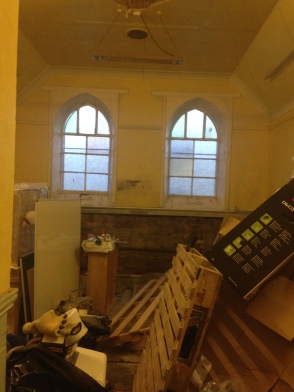 Work began this week to clear out the small hall room in the Barony St John’s Hall building.
Work began this week to clear out the small hall room in the Barony St John’s Hall building.
The room had been used as a bit of a dumping ground for rubbish as we renovated and set up the main hall, so it was over three quarters full.
Builder Paul Marchetti had come to my aid once again and arranged for the debris to be picked up and disposed of.
He also arranged for the rest of the wooden wall cladding, the carpet and the 1970’s style kitchen cupboards to be taken out too before he pulled up some floorboards to check on just how bad the dampness and water ingress problems are.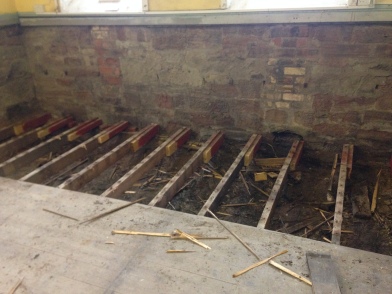
It was while he and his assistant Peter were pulling up the floorboards that they came across this old Victorian leaflet advertising a Home Washing Machine & Wringer.
Although faded, water marked and difficult to make out, the illustration shows three women – one stout woman in maid’s clothing, one young woman in more refined red dress and bonnet and one older woman (perhaps the lady of the house) in an elegant blue dress. Behind this woman is a young girl, perhaps her younger daughter, and the whole scene seems to be set in the kitchen or washing area of the house of a well-to-do family.
The young woman is putting clothes through a hand wringer on top of a barrel of soapy water with the words “Home Washer” on it.
This could very well be one of the very first washing machines, although it bears little resemblance to any “washing machine” I have every seen – but what a wonderful discovery. 😀
Obviously, I had to check the internet to see if anything could be found out about this leaflet.
My investigations showed that this advert had been used in various colours and forms (although I couldn’t find one exactly like the one we found) since around 1869 –
The hall building was built in 1889, a bit later than the church building (1844), and so I’m surmising that, as it was first produced twenty years prior, this “Home Washing Machine & Wringer” must have been quite popular with those who could afford it as it was still being sold decades on.
Those who couldn’t afford this fancy washing machine no doubt relied on a large bucket or barrel to wash clothes in, stirring them with a large wooden stirrer and with a washing board to scrub the clothes on and a separate wringer to dry them out – so I’m unsure as to what makes this machine different.
Maybe it is plumbed in to allow hot water to go straight into the tub?
Or maybe, as it was described as a “machine”, it had a hand crank for stirring the washing once it was in the tub?
This photo shows a very similar product complete with a large wheel crank for stirring or tumbling the washing in the tub. I’m wondering if this wheel was hidden from view on the reverse side of the Home Washer in the illustration?
Something else that sparked my curiosity is that I would have called the wringer a mangle.
It seems that the word “wringer” may originally have been an American word for this hand cranked, clothes drying device whereas in the UK it would have more commonly been known as a “mangle”.
The American connection would also link with the address on some of the internet images –
Depot 24, Cortland Street, New York
and
Depot, 13 Barclay Street, New York
This raised another question, “Is this an American product?”
I’m afraid I cannot conclusively say that it is or it isn’t.
It may have been produced in the USA and shipped worldwide or if it may have been produced in the UK and shipped to the USA and other parts of the World.
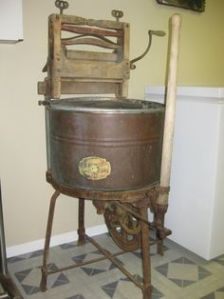 One thing I can be sure of, in 1862 a patented “compound rotary washing machine, with rollers for wringing or mangling” was shown at the London Exhibition by Richard Lansdale of Pendleton, Manchester.
One thing I can be sure of, in 1862 a patented “compound rotary washing machine, with rollers for wringing or mangling” was shown at the London Exhibition by Richard Lansdale of Pendleton, Manchester.
By 1904, electric washing machines were being manufactured particularly in the USA but, since electricity was not commonly available until at least 1930, the hand cranked Washing Machine & Wringer was still being used by many households albeit the tub may have changed from wooden to metal as shown in this photo.
With the outbreak of war and a reduction in electricity supplies, the Washing Machine & Wringer was still being used in the UK well after the Second World War – in fact, I was brought up in a tenement flat in Clydebank (near Glasgow) and all the flats had access to a wash house where there were large sinks and wringers to wash your clothes before hanging them out to dry on the washing lines…..so a variation of the Washing Machine & Wringer was around even when I was a lad.
Fingers crossed we continue to find more memorabilia from days gone by as we renovate more and more of these iconic Victorian buildings. 😀
I’m hoping that this small hall room can be repaired and renovated into a Training Room for my charity, The Scottish Centre for Personal Safety.
Eventually, it will house a conference table and chairs, a SMART Board and a small break-out area.
I’m planning to provide classroom based personal safety, conflict resolution, lone worker and first aid courses from here as well offering the room to our partners for child protection, violence against women awareness and anti-hate crime training.
Turning this room from the dumping ground it currently is, into a modern training facility, will cost £25,000 including the equipment and we have submitted various funding applications to hopefully help us achieve this goal – but if you would like to help, please check out our website http://www.ScotCPS.org.uk and click on the “Donate” button.
Every little helps.
Many Thanks and I hope Santa is good to you when he comes. 😀
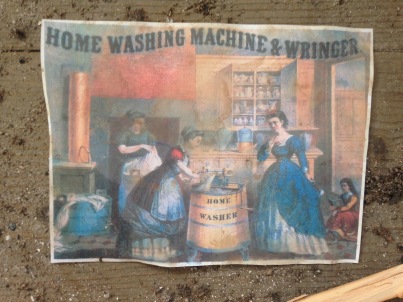
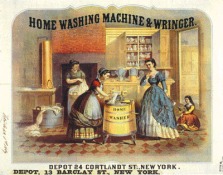

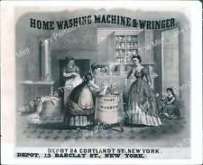
Recent Comments